A Complete Overview Of Continuous Data In Quality

Continuous data is data that can be measured rather than
counted. The increments used with continuous variables can be divided and sub-counted.
Thus, continuous variables could never end. This type of data is frequently
represented visually using line graphs, trend lines, percentages, averages, and
other continuous, divisible approaches.
Continuous data are only constrained by the practical volume
of the data or the degree to which the measurements are consistent. Continuous
data enables far more accuracy and granularity. These data sets frequently
contain variables with decimal points, with the rightmost number being just as
long as possible. Thus, the physical measurement of continuous data is precise.
Example: Accuracy in Measurement of weight using a measurement tool. This
precision is necessary for commercial and industrial use cases that prioritize
efficiency.
Features Of Continuous
Data:
Contrary to discrete data, continuous data can either be
distributed over date and time or numerical. This data type makes use of
advanced statistical analysis techniques while taking into account the
countless possible values. The following are key features of continuous data:
- Continuous data can have different values at different intervals of time. In other words, continuous data changes over time.
- It consists of random variables, which may or may not be whole numbers.
- Line graphs, skews, and other data analysis techniques are used to measure continuous data.
- One of the most common types of continuous data analysis is regression analysis.
- The data can be measured using standard units.
Examples Of Continuous
Data
- Experiments involving measurements are likely to be continuous data. Examples: stopwatches, devices, thermometers, etc.
- Clocking the runner on a marathon race. The time of every runner will be calculated in seconds. Ex: 6.45 sec, 5.73 sec
- Measurement of product dimensions in a business context.
- The temperature of a freezer
- Weight of newborn babies
- Abstract data measurements involving efficiency and productivity measurements are examples of continuous data.

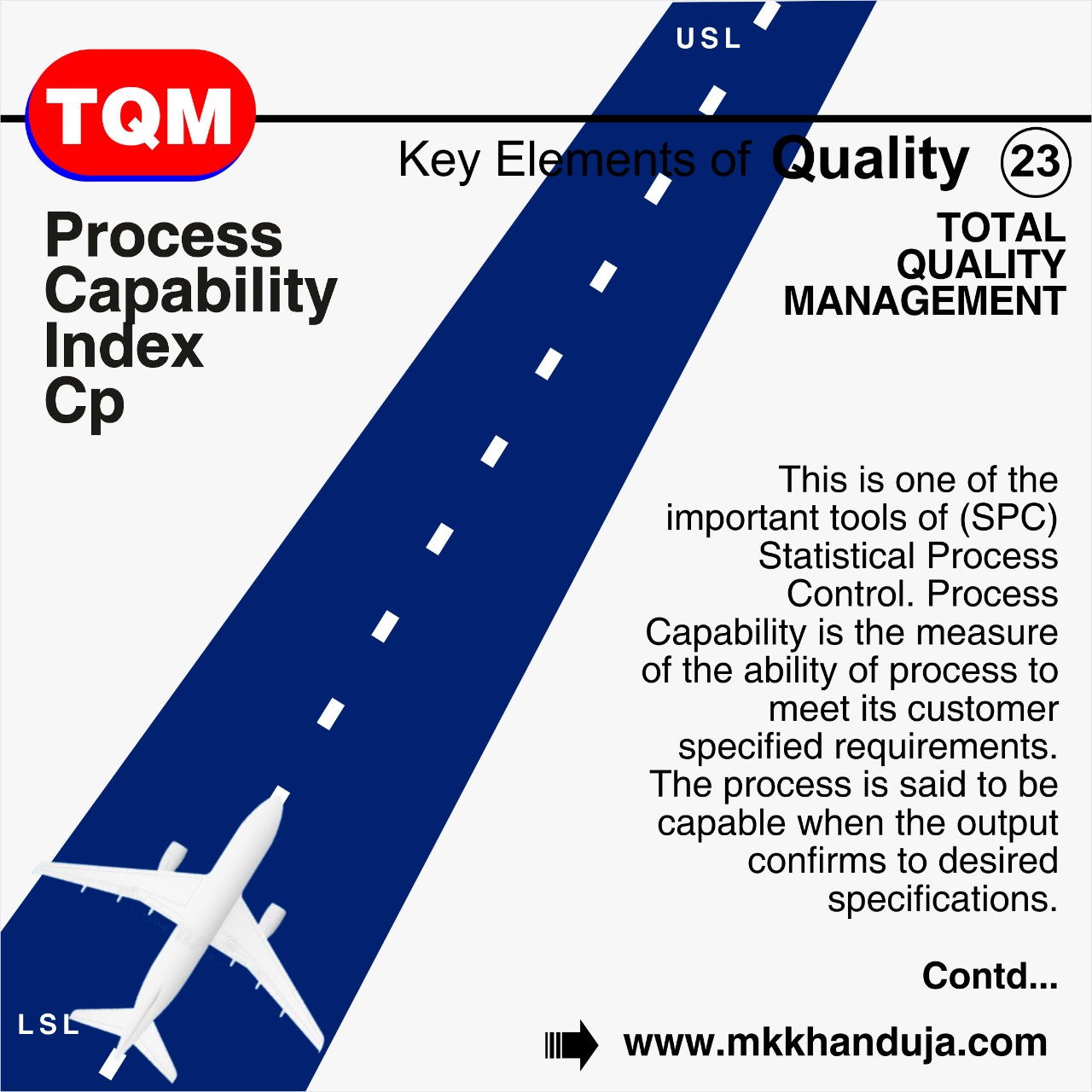
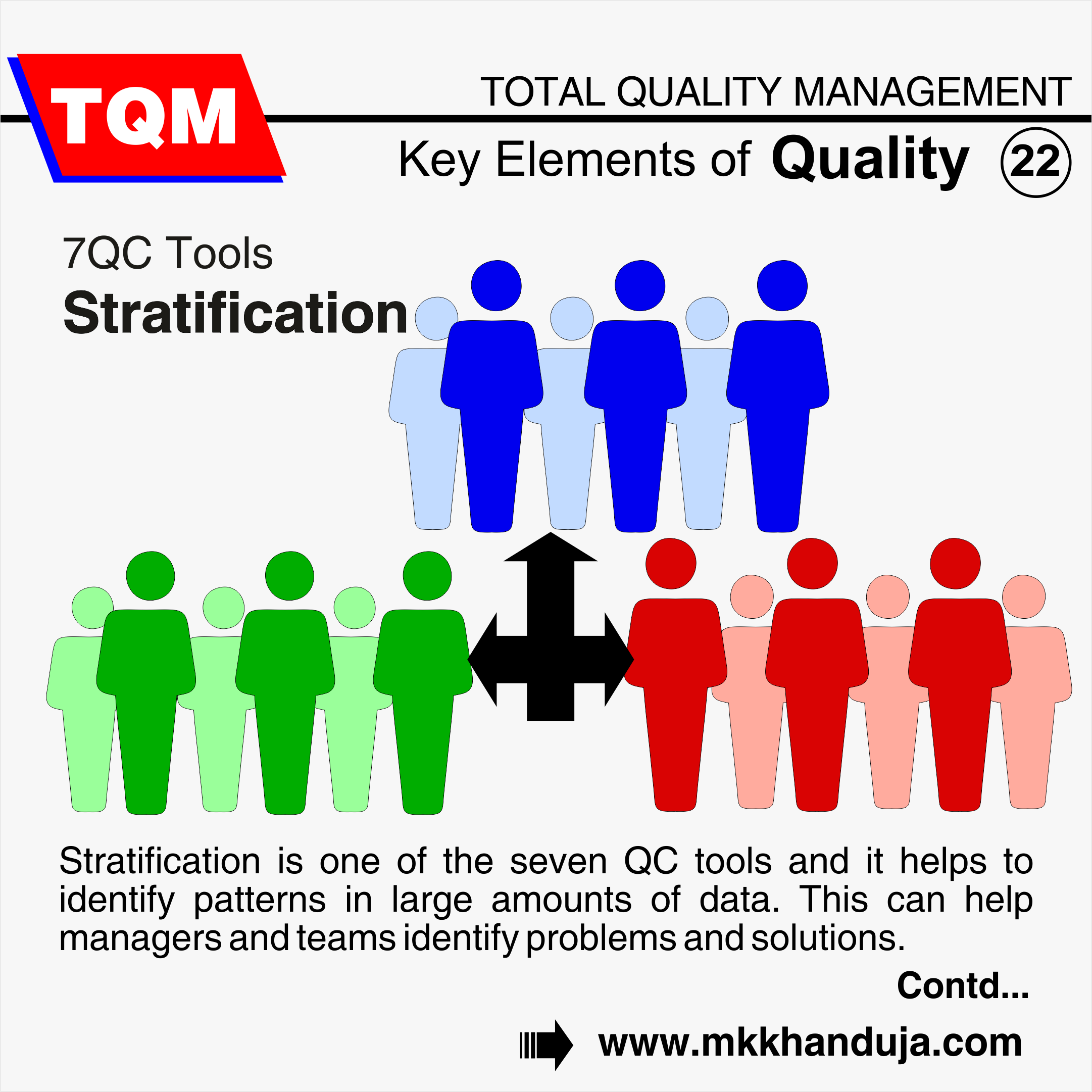
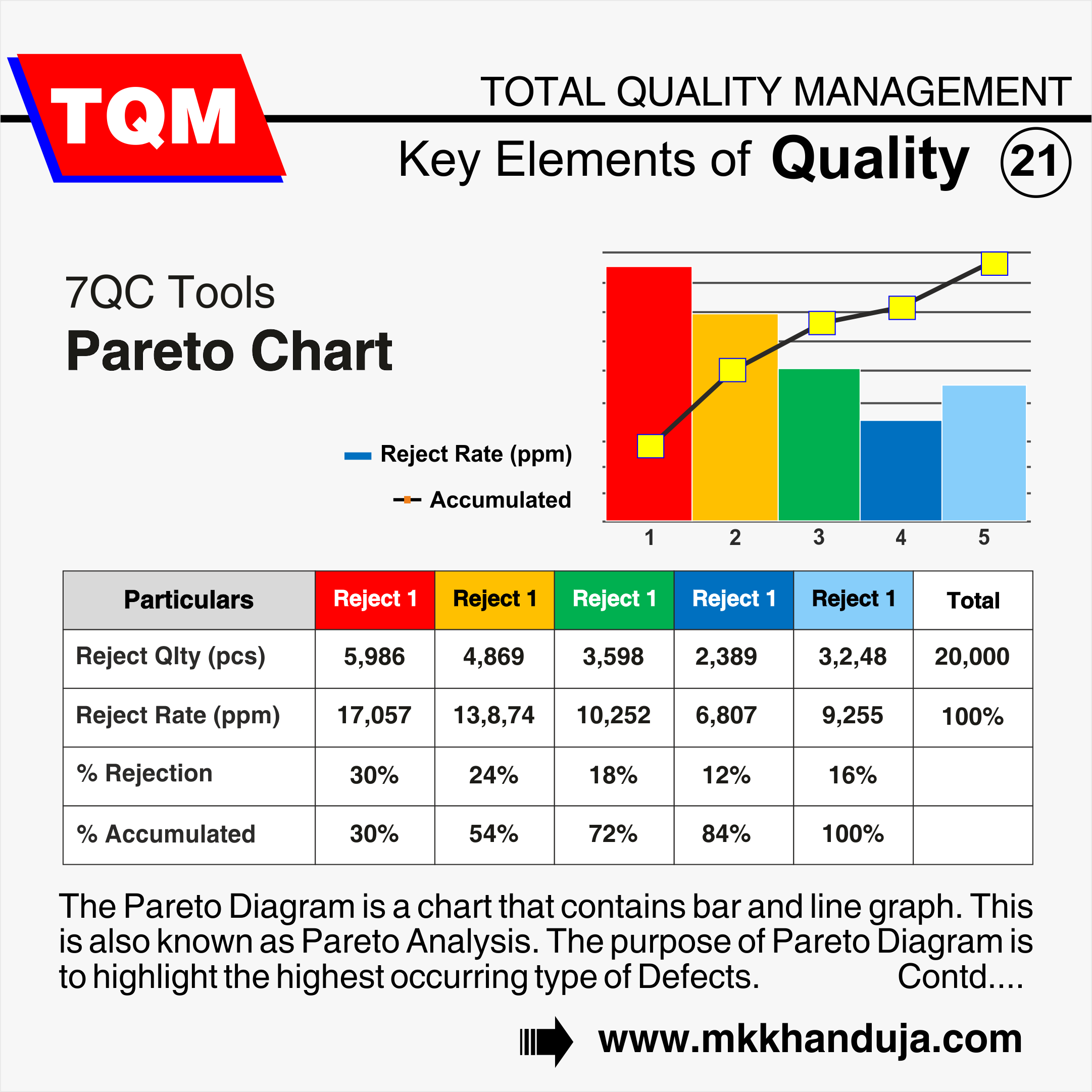
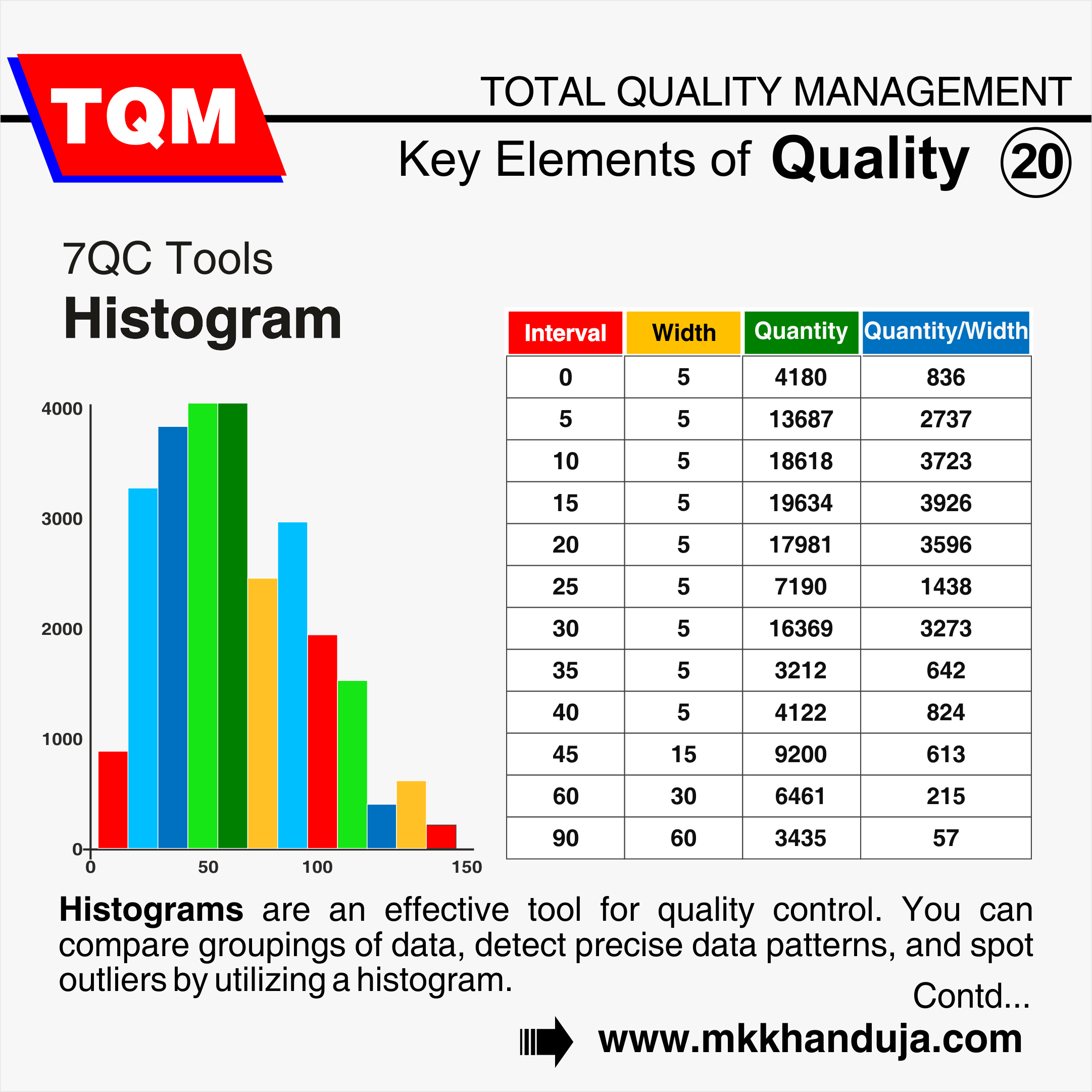
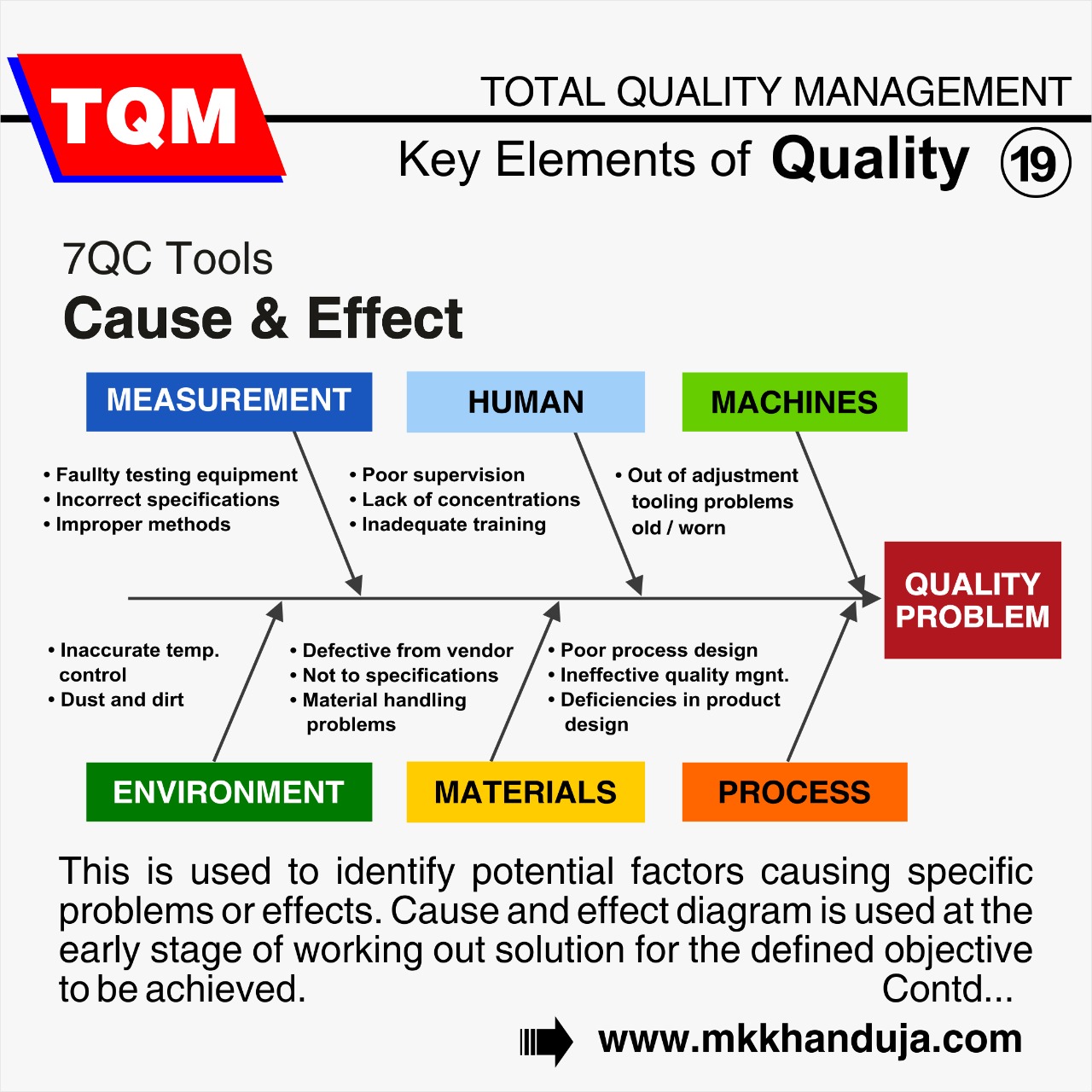
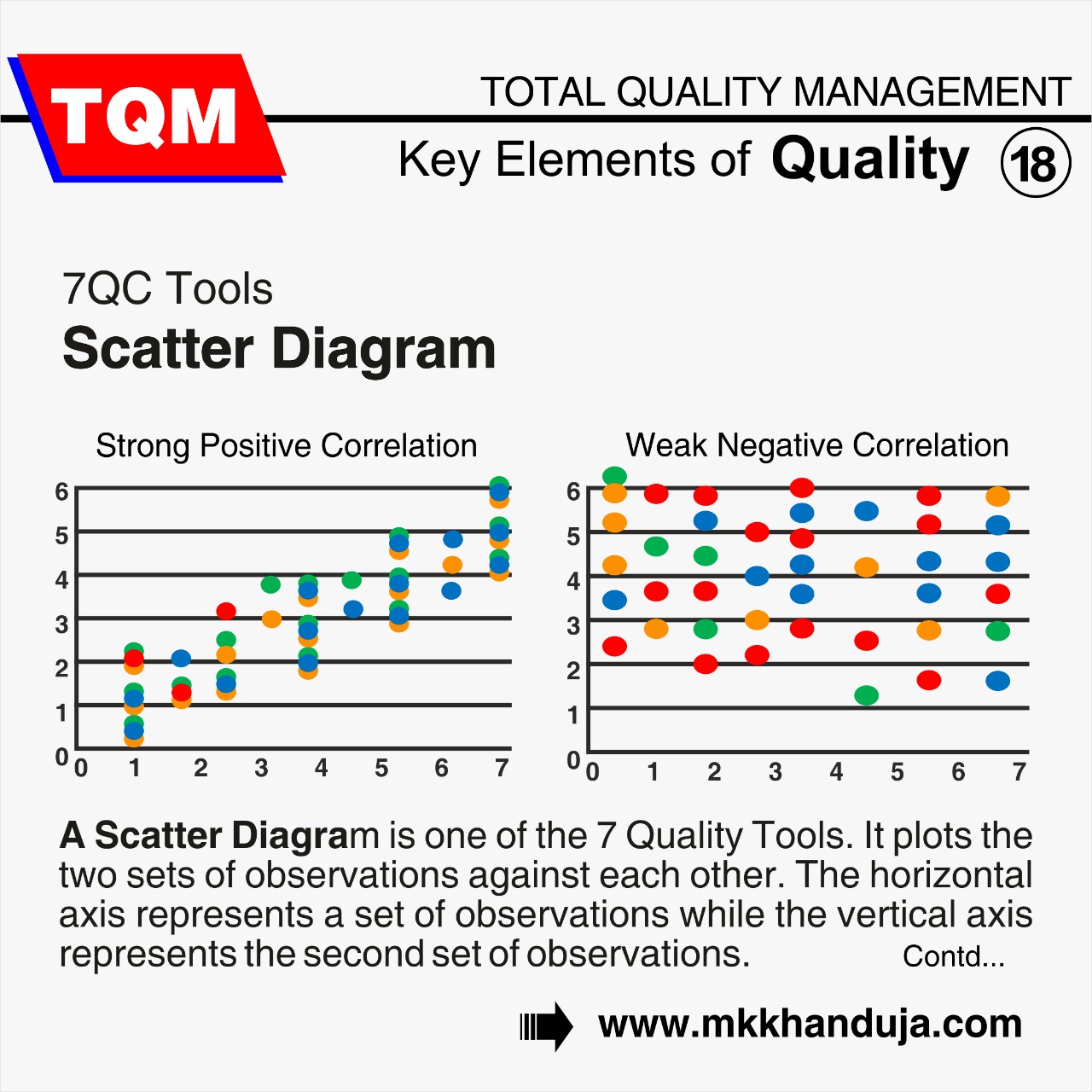
Comments